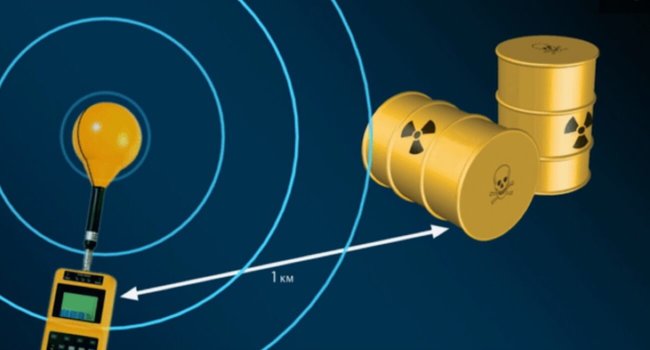
The best and well-established tool for detecting radioactive contamination are well-known Geiger counters. They register the radiation sources to capture the flows of photons and electrons. But researchers from Korea recently proposed a slightly different method. According to the publication Nature Communications, their device is able to detect the source of dangerous radiation at very long distance. And the researchers even posted the Assembly instructions.
The development is a scientific group from the National Institute of science and technology in Ulsan, headed by Dr. Jinmi Choi. According to the researchers, the “traditional” approach works only at small distances, while their method allows to identify the source of threats from a safe distance. Scientists drew attention to the fact that electrons produced by radioactive substances of particular influence on powerful beams of electromagnetic radiation and plasma clouds that they create when moving. Free electrons are always present in the air, but their number is sufficiently small. If you focus the search on a narrow region of space, then hit the electron it will be a very high probability to speak about the source of the radioactive hazard.
My hypothesis is checked by specialists using powerful magnetron, a focusing antenna, transducer, radio waves and containers with cobalt-60. During their experiments, researchers monitored the time of occurrence of the plasma clouds. As it turned out, their method allows to find even trace amounts of cobalt-60. Such a radiation detector works under both normal and low atmospheric pressure.
“Two years ago the whole world was shocked by the news of the drone that dropped the radioactive sand at the residence of the Prime Minister of Japan. Such “dirty bombs” it is impossible in advance to find with the help of modern radiation detectors, as they do not work at large distances from the radiation source”.
Based on materials of agencies of RIA “news”
Korean scientists have developed the long-range locator of radioactive materials
Vladimir Kuznetsov